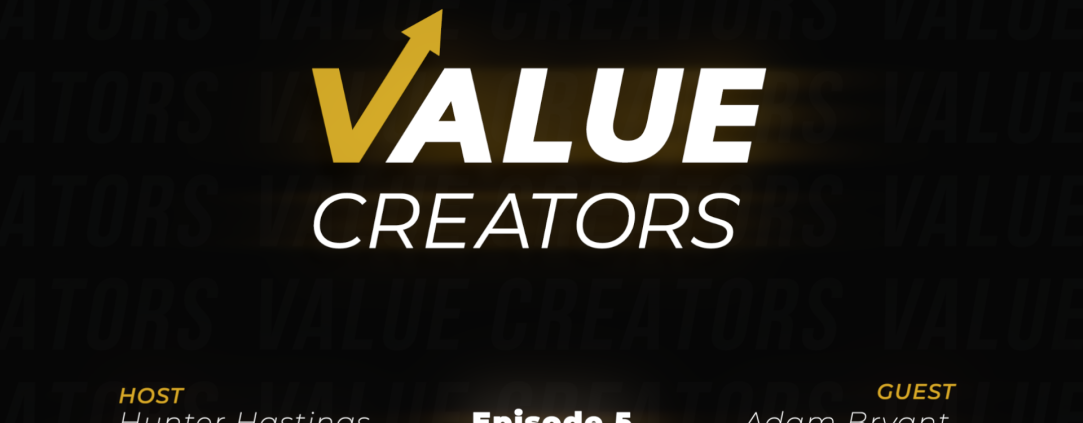The Value Creators Podcast Episode #5. Adam Bryant on Leadership In Business: It’s More Than Just Business School Contrivance.
Is there such a thing as leadership in business? Or is it a manufactured concept to sell books and executive education courses from big name business schools?
To shed some light, we talked to Adam Bryant, who has made leadership into his own field of expert knowledge and professional practice. He did so by interviewing over 1000 business leaders, both CEO’s and other senior executives, in multiple industries and stages of business growth and at every scale. He’s published his findings on LinkedIn and in the “Corner Office” column he created for The New York Times. His latest book on the subject is The Leap To Leader: How Ambitious Managers Make The Jump To Leadership. He is the senior managing director and a partner at the Exco Group, an executive leadership development firm.
SHOW NOTES:
0:00 | Introduction
0:38 | Concept of Leadership in Business
2:12 | Economic Role of Leadership
3:25 | Decision-making Role
6:02 | Being Good at Judgement
8:35 | Accumulating Experience
12:15 | Internal Competitiveness
14:34 | Problem-solving as Leaders
17:00 | Mental Models
18:54 | Individualism as Leaders
24:00 | The Concept of Agility Quotient
28:05 | Alignment as an Important Part of Leadership
31:28 | Economics in Leadership
32:06 | Alignment Guidance
34:50 | Guided Autonomy
37:22 | Adam Bryan’ts Leap to Leader Book
Knowledge Capsule
Leadership is a role to be played, with many aspects. A summary of Adam Bryant’s guidance would define leadership as the alignment of other resources, especially human resources, around the new purpose and business model that can emerge after taking a risk.
It’s about decision making – grappling with the hardest decisions, often when data is lacking or unclear, and making tough choices, alignment others around them, and eliminating friction.
Alignment is especially concerned with values – attractive values with which others can concur.
It’s a lightning rod role – being fully accountable, taking the blame when things go wrong, and owning outcomes.
It’s about focus that others around you don’t necessarily have – seeing the big picture, setting priorities, and focusing on the few things that matter.
It’s a role model for others – the value of risk-taking (“playing in traffic”) and learning from failures, setting the height of the bar, and being a pacesetter.
It’s creative – writing the playbook for your job.
It’s entrepreneurial – setting a compass for a new direction.
It’s being particularly good at processing feedback loops – reality just being source material for the stories we tell ourselves about our lives.
It’s about mediating tension – leadership is not a popularity contest.
It’s about motivating others – unlocking the potential in people, empowering them to do more than they thought they could.
It’s personal style – having the courage to take a stand.
It’s a set of problem-solving skills.
It’s a burden – sacrifices, longer hours, greater exposure to risk and failure.
It’s authority – being in charge, having ascended to a higher position in the hierarchy than others.
It’s a brand – how others perceive you.
It’s a mental model – reframing of issues in ways others can’t match.
It’s emotional – holding the strings to the emotional well-being of the company.
It’s individualism and self-awareness.
Leadership intelligence includes AQ – agility quotient, the capability to sense and seize new opportunities and to create new business models. Is AQ a personality trait, or a learnable skill or a processed experience?
Resources
Adam Bryant on LinkedIn: https://www.linkedin.com/in/adambryantleadership/








Leave a Reply
Want to join the discussion?Feel free to contribute!